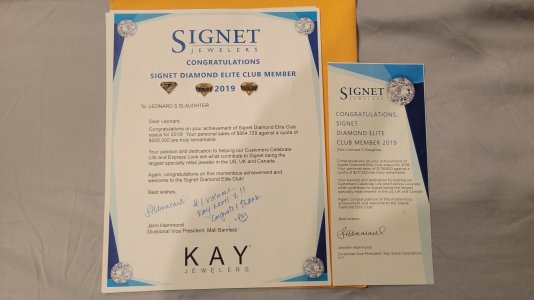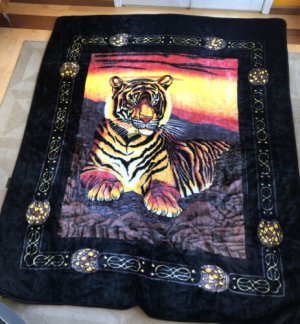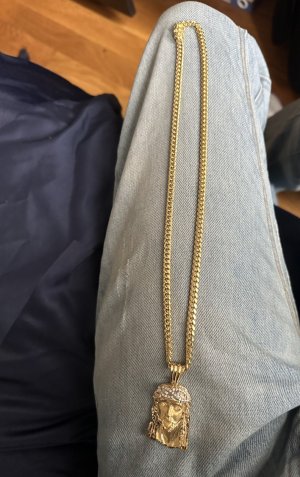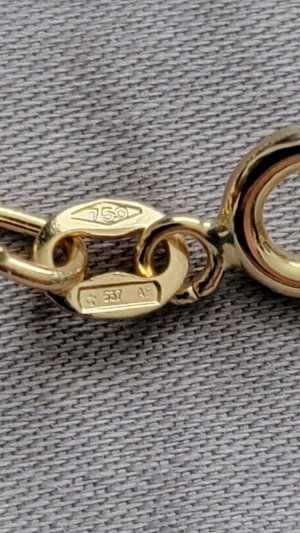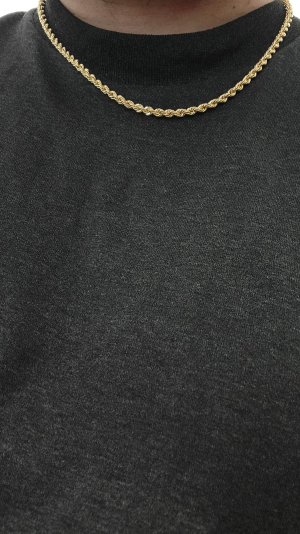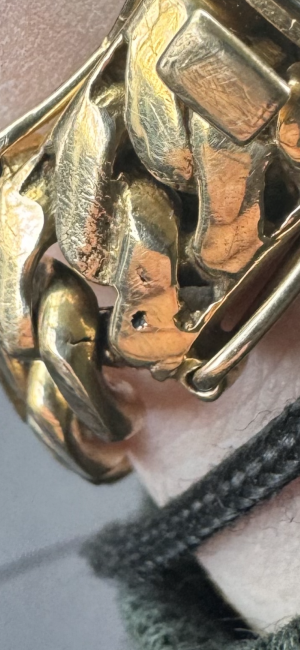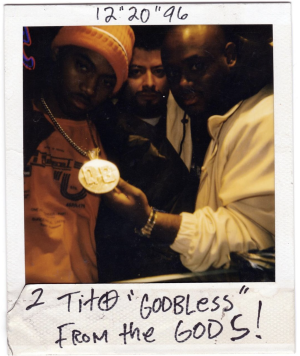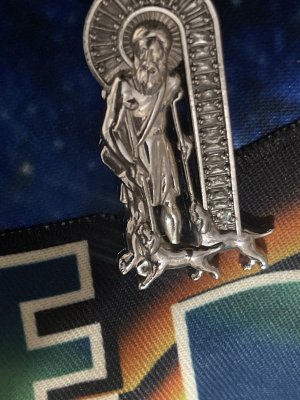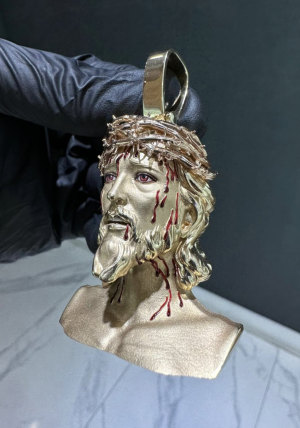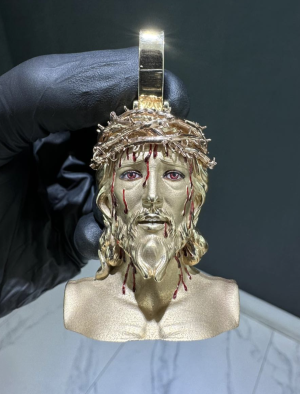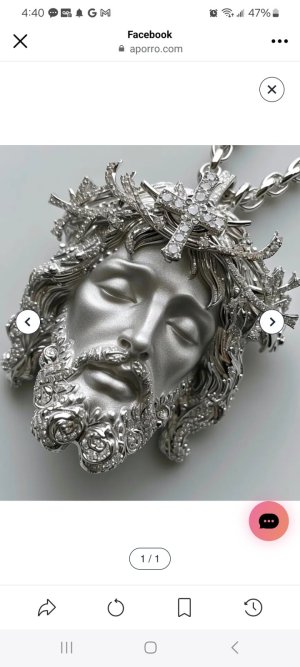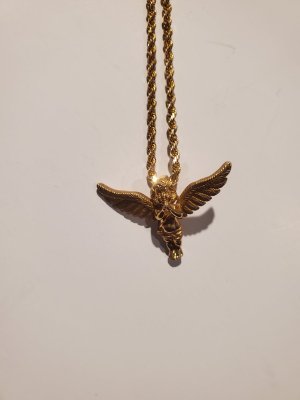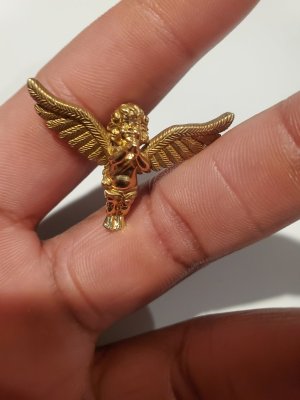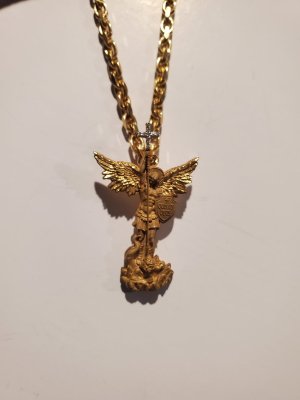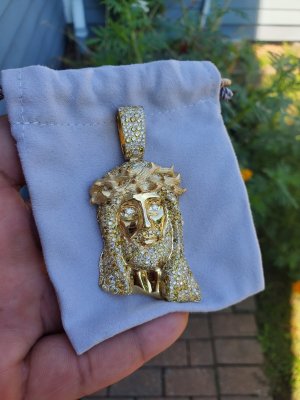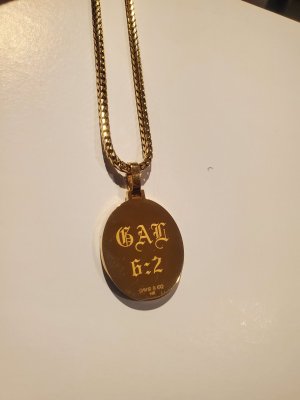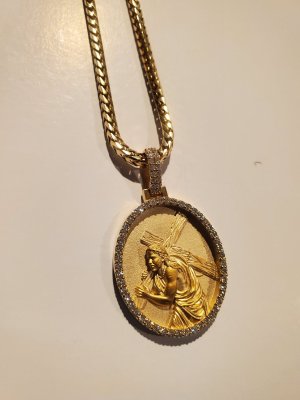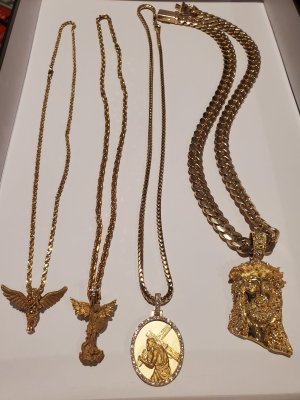- 236
- 10
- Joined
- Mar 14, 2010
Originally Posted by MASERATI HARM
^^^^
@+@!# how do you know?

Ya'll "experts" crack me the %*@! up man ..
Ain't none of ya'll even been near these %$+#!@ to even see their jewels upfront ..
How the %*@! you know what's real or not by a picture ..
Hell some jewels prolly can't even tell with just their eyes alone ..
I damn sure know none of you dudes can tell ..
I never seem %$+#!@ put so much passion into what another @+@!# does with his money
This is exactly what I was trying to say but I decided to just leave it alone and not go back and forth with folks





















